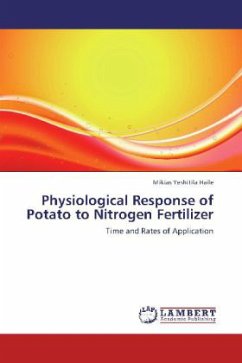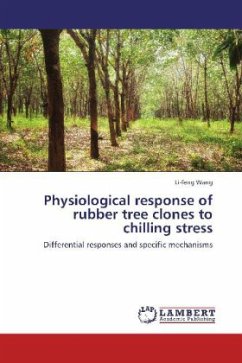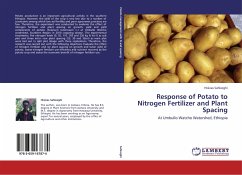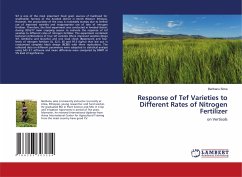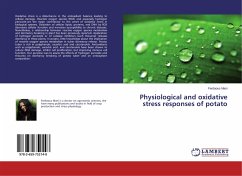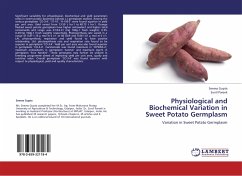In the absence of adverse environmental conditions, which could limit crop growth, a potential production is reached as determined entirely by the amount of available light, prevailing temperature and crop physiological characteristics. Relationship between intercepted radiation and accumulated dry matter was similar for a number of crops as different as cereals and apples. Dry matter distribution is strongly related to crop development as different crop organs are formed during the subsequent development stages in a crop s life cycle. The rate of development increases more or less linearly with a rise in temperature above a base temperature until an optimum temperature. Thermal duration has been a useful concept in linking plant physiological performance to changes in temperature and is as appropriate to tropical crops as it is to temperate ones. It has been a recently used approach which is superimposed to assess yield and physiological responses of the potato crop under different levels and timing of N fertilizer application and the contribution in narrowing the existing gap between the actual and potential yields of the crop.
Bitte wählen Sie Ihr Anliegen aus.
Rechnungen
Retourenschein anfordern
Bestellstatus
Storno

